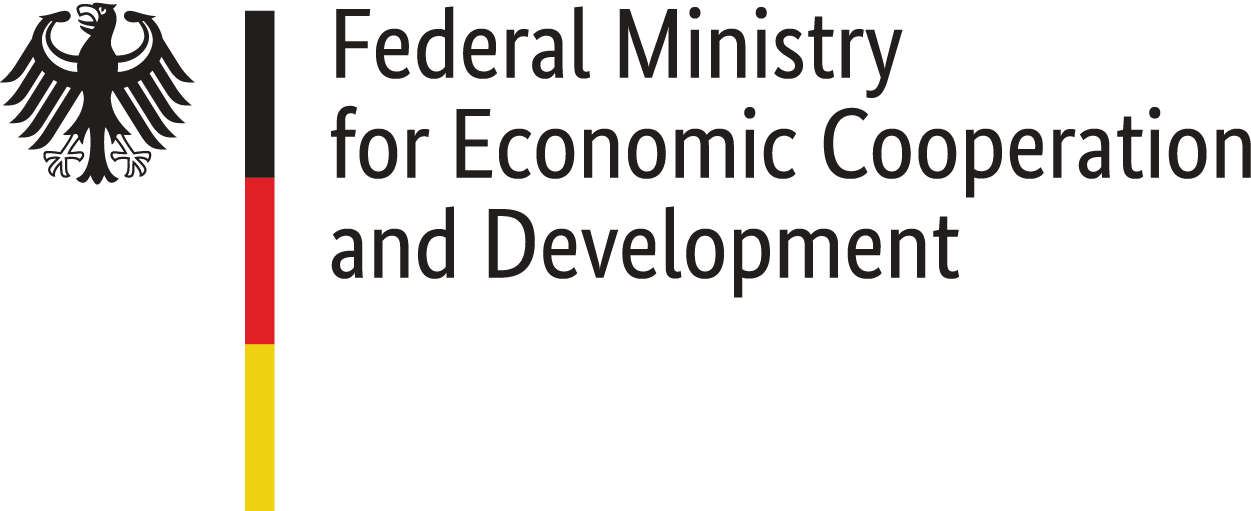Geographical concentration
What’s the capital of Brazilian media power?
Our survey revealed a significant geographical concentration of media group’s headquarters: 19 of the 26 analyzed groups, so almost three out of four (73%) are based in the São Paulo Metropolitan Region, most of them in the city of São Paulo. Second in this geo-hierarchy of media power comes Rio de Janeiro. Although only one group is based there, it is the largest of them by far: Grupo Globo. Brasília, the country’s political capital, follows after São Paulo in number of company headquarters: three.
These 26 groups own 50 media outlets or networks, which constitute the analysis sample of MOM Brazil. On that level, we found a similar result: 62% outlets are located in São Paulo, 12% in Rio the Janeiro, 10% in Porto Alegre, 6%, in Belo Horizonte and 4% and Brasília.
The cluster in the South and the Southeast (according to traditional regional division adopted by Instituto Brasileiro de Geografia e Estatística/IBGE) accounts for even 80% of corporate headquarters.
Consequences for diversity and pluralism
Beyond any doubt, the centralization of so much media power in just one city has an impact on diversity and plurality of opinion. For the whole country, editorial decision making, the priorities of topics to cover, the composition of images and the view upon daily life in the media is predominantly influenced from around São Paulo and also Rio de Janeiro, thanks to the central role Grupo Globo plays in the national media.
Even if these large groups entertain networks and exchanges with regional media groups – of great importance and with notable political connections in different places –, for the most part, the content, the agenda and all decisions of lager impact for the media sector or originate from within the southern cluster of power, the so-called ‘Concentrated South and Southeast’.
Thus, this geographical concentration of media illustrates a hierarchy within the Brazilian territory between a few places with command over media, production and circulation of information, and the rest of the territory.
São Paulo and the command of information
The data reinforce a historical understanding about inequality and hierarchies in the Brazilian territory at large. One of the new elements here is the central role of the command of information networks for the hierarchization of space. Through the elevated importance of different information based activities – ranging from media, finances and consulting to many strategical information companies – a megacity like São Paulo has reinvented and reorganized itself during the last decades in order to accomodate a service hub for the rest of the Brazilian territory.
Already today, São Paulo is considered the country’s economic centre of gravity by hosting the main decision making entities of major companies, the most important agents in the financial market, strategical consulting activities and most of the power in media. In addition to Rio de Janeiro and Brasilia it is referred to as one of the three main “managing centers in the Brazilian territory”, a term created by Roberto Lobato Corrêa and adopted by the IBGE.
In contrast to the ‘Concentrated South and Southeast’ remain the Northeast, Center-West and Amazon regions to manifest the country’s division in four “Brazils” as proposed by geographers Milton Santos and María Laura Silveira in the early 2000s, precisely to make the inequality and characteristics of the national territory more evident and thus emphazise the challenges for infrastructure and networks in general, but also the information space and the financial markets in particular.



